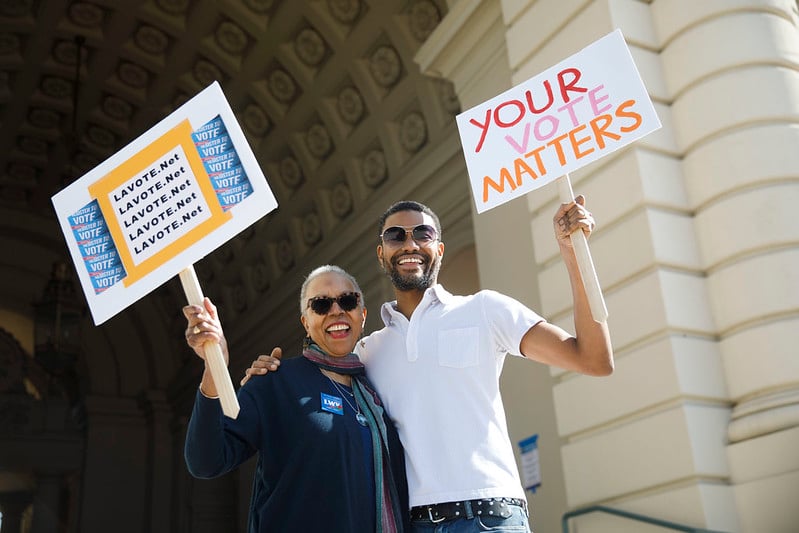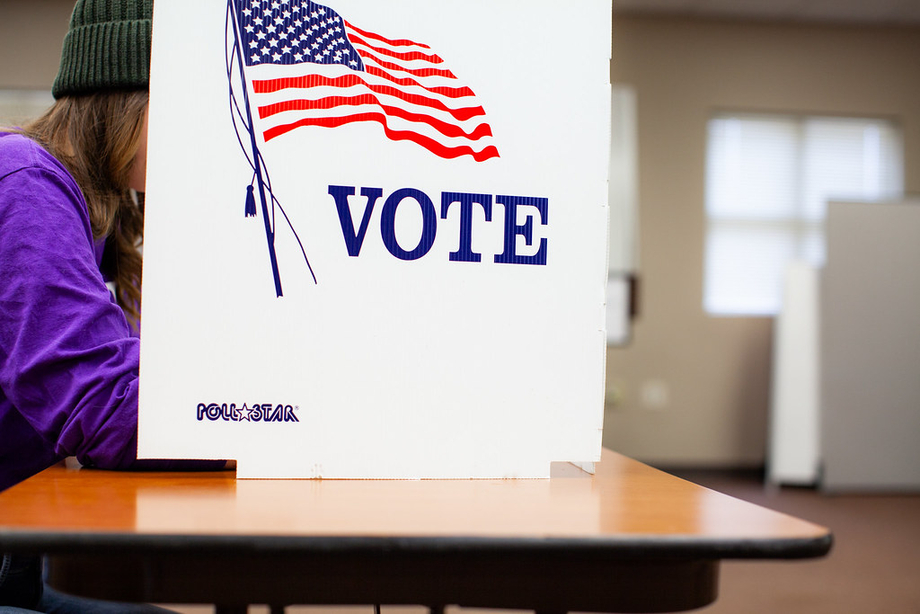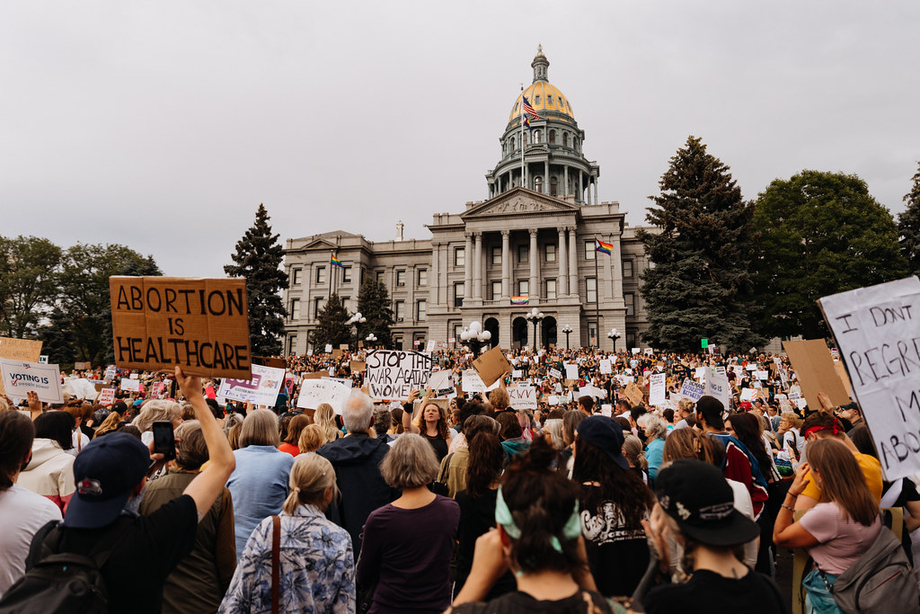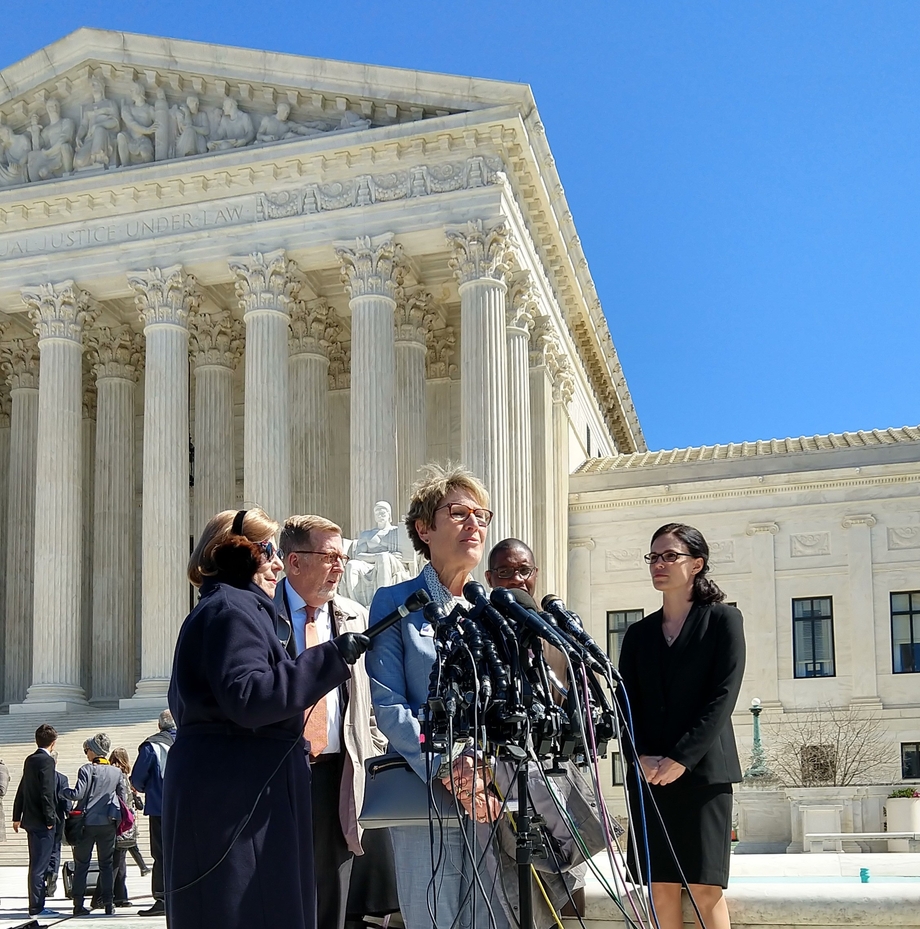This blog was written by litigation intern Brooke White.
We hear a lot about the US Supreme Court — its rulings on important cases, the justice appointment process, and ethical issues — but what about the many state supreme courts? All 50 states (plus Washington, DC, and Puerto Rico) have one. And most states have a lower trial court and intermediate appellate court, just like the federal court system.
While the work of state courts flies under the radar for many Americans, these courts regularly deliver rulings on voting rights, education, LGBTQIA+ rights, reproductive access, criminal justice, the environment, and more. In fact, 95 percent of cases in the US litigation system are resolved in state courts, not federal courts.
,
Stay Updated
Keep up with the League. Receive emails to your inbox!
,
Several recent state supreme court elections have drawn national attention. In Wisconsin's April 2025 election, candidates broke national judicial campaign spending records, raising questions about the influence of money on the courts. Meanwhile, in North Carolina, the November 2024 election wasn’t certified until May 2025 because of voter eligibility challenges brought by the losing supreme court candidate. Americans will surely hear more about state supreme court elections in 2025 and 2026 because at least 60 state supreme court seats will be on the ballot in more than 30 states.
If your state supreme court is on the ballot, it’s important to know how these powerful institutions operate and how you can stay informed about their work.
,

,
How are state supreme courts structured?
Most states have one supreme court, while Texas and Oklahoma have two supreme courts, one for criminal matters and one for civil matters (aka everything else). Most states have five or seven justices on their supreme court, but some have nine.
Whether the number of justices is set by the state constitution or state law varies by state. Instead of getting lifetime appointments (like federal judges), state justices generally serve for fixed terms ranging from six to fourteen years, with the average term being eight years. Rhode Island is the only state to give its supreme court justices a lifetime appointment. Most states also have a mandatory retirement age, requiring their state court judges and justices to step down once they reach a designated age, typically 70 or 75.
Every state supreme court also has a presiding officer, the Chief Justice or the Chief Judge.
,
,
How are the justices selected?
A feature of state courts is that many states elect their justices and judges.
Initially, state governors or legislatures selected state supreme court justices, but some states began to use popular elections in the late nineteenth century to help the courts become more independent of the other branches of government. Procedures vary by state depending on the type of vacancy — for example, whether it is an open seat, an incumbent justice is seeking re-election, or if an interim selection needs to be made. More than 30 states hold popular elections to elect or re-elect their justices. In some of these states, justices are first appointed to the court and then face retention elections, but justices in other states must be elected from the start. State judicial elections are typically nonpartisan, but seven states use partisan elections in their justices’ first full-term elections.
,

,
In the century since states began to use popular elections for judicial elections, concerns about political fundraising — especially the influx of dark money donations – have raised new questions about judicial independence. What’s more, most states do not have clear rules for when justices and lower court judges should recuse themselves from cases involving donors. It’s no wonder then that even as far back as 2013, nearly half of state court judges and nine of ten Americans believed that campaign contributions affected decisions made in state courts.
What do state supreme courts do?
The main job of state supreme courts is to review decisions made by the state’s lower courts. In the first half of 2025 alone, the Brennan Center for Justice’s State Court Report identified 140 cases and decisions at the state level that will have implications for individual rights in criminal proceedings, access to reproductive care, and civil rights more broadly.
,
,
Here are a few examples of recent state supreme court cases and decisions:
- Money in Politics: The Washington Supreme Court decided in May 2025 to hear a challenge to the state’s Fair Campaign Practices Act, which places disclosure requirements on commercial entities that run election-related advertisements in Meta Platforms, Inc. v. State of Washington.
- The Environment: In January 2025, the Montana Supreme Court allowed a mining company to claim a dewatering permit exemption under the Montana Water Use Act, rejecting a challenge brought by an environmental conservation group in Montana Trout Unlimited v. Montana Department of Natural Resources & Conservation.
- Reproductive Rights: Wisconsin’s Supreme Court held in July 2025 that an 1849 state law making abortion a felony was obsolete in Kaul v. Urmanski.
- Elections: The Georgia Supreme Court ruled in June 2025 that the State Election Board had exceeded its authority when it issued four controversial election administration rules, including one that would have required ballots to be hand-counted. One challenged rule involving surveillance at drop box locations was allowed to go into effect, and the court remanded proceedings on two other challenged rules involving reporting requirements. The decision in Republican National Committee v. Eternal Vigilance Action, Inc; Georgia v. Eternal Vigilance Action also found that voting rights groups did not have standing to bring a challenge to any of the contested rules under state law.
- Criminal Law: Also in June 2025, the Iowa Supreme Court held in State v. Amble that law enforcement would no longer be required to obtain a warrant before searching garbage placed for collection, after the state legislature passed a law classifying garbage as abandoned property once it is placed curbside.
Additionally, most state supreme courts play vital administrative roles in managing lower courts. Tennessee’s Supreme Court is even responsible for appointing the state’s attorney general. Some states further involve their supreme court in setting bail schedules and sentencing guidelines in criminal proceedings, and the justices may also sit on state pardon and parole boards.
,

,
Supreme court justices may also be required to participate in election certification activities, and in some states, may themselves redraw legislative districts when the state’s designated process fails to produce a map. In December 2021, after Virginia’s newly formed independent redistricting commission could not agree on new maps, the Virginia Supreme Court was required under state law to appoint two redistricting experts, one Republican and one Democrat, to work together to produce a recommended map.
How do state supreme courts and the US Supreme Court interact with one another? What about state supreme courts and the state legislatures?
While state supreme courts are the ultimate interpreters of their respective state constitutions and laws, under the Supremacy Clause of the US Constitution, when there is a conflict between a state and a federal law, the federal law prevails. Trump v. Anderson and Bush v. Gore are just two examples of many US Supreme Court decisions that involve challenges to state supreme court decisions.
,
,
The US Supreme Court has further shaped state court power by designating an entire category of cases — those involving partisan gerrymandering — as reviewable only in state court, based on 2019’s Common Cause v. Rucho decision. This ruling shut the federal courthouse doors to lawsuits against gerrymandered maps, as not all rigged districts can be challenged under the Voting Rights Act of 1965 or racial gerrymandering claims. For now, state courts are the only avenue where partisan gerrymandering suits can be brought.
In recent years, state legislatures have attempted to reduce the power of state courts. According to a report from the Brennan Center, in 2023 alone, seven states passed 16 new laws that undermine judicial independence. In total, there were more than 120 proposed measures across 29 states. The laws passed include measures that politicize judicial selection and discipline, like Utah’s SB 129 and Montana’s HB 326, as well as laws that interfere with judicial decision-making and enforcement of court decisions, like Montana’s SB 134 and Mississippi’s HB 912.
,

,
Sometimes these forces combine, as in Moore v. Harper, which started with members of the North Carolina legislature challenging whether state supreme courts have the authority to review legislative actions affecting federal elections under the so-called “independent state legislature theory.” The United States Supreme Court rejected the legislators’ arguments, ruling that state courts could review state laws affecting federal elections.
How can you learn more and take action?
As federal courts continue to chip away at our rights and freedoms, state courts protect us, our families, and our communities. State courts are also increasingly vulnerable as they fall prey to the influence of dark money and legislatures working to undermine judicial independence. An informed and engaged public is necessary to guard against such dangerous influences.
You can learn about your state’s supreme court with this state-by-state guide, and visit statecourtreport.org to learn more about the major cases before state courts. If your state elects its justices and judges, find out when the next election is happening and research the candidates using our one-stop shop for election information, VOTE411.org. You can also get involved by joining your local League.